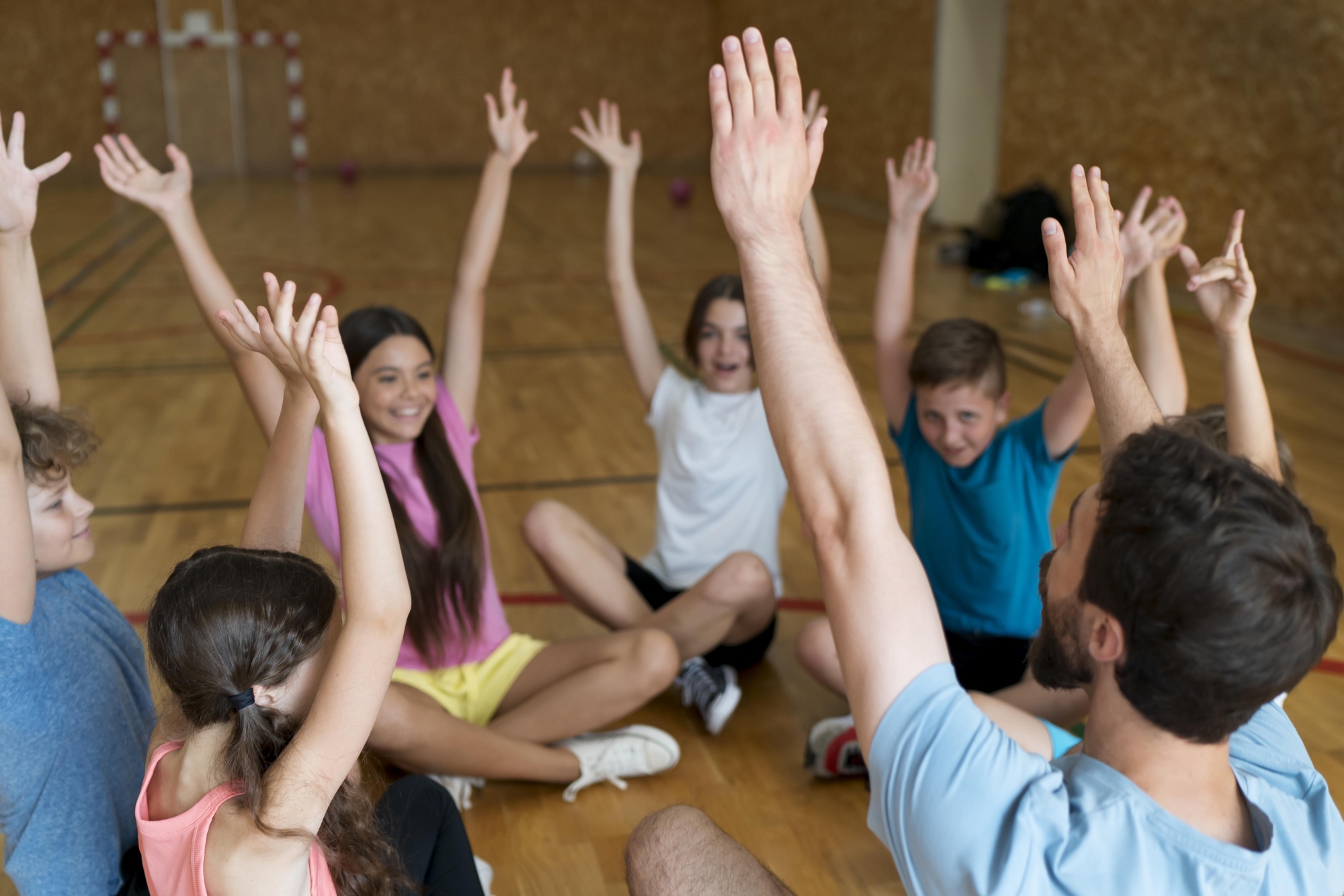Rhythmic Game with Eight Notes
25

Category
vocal
rhythmic
Age
12-24
Number of participants
8-12
Duration
approx. 35 min.
Working method
group work
Musical abilities of the trainers
1 2 3 4 5 6
Equipment and instruments
- optional: percussion instruments
Competences
- collaboration
- attention
- concentration
- movement coordination
- sence of rhythm
Rhythmic Game with Eight Notes
A rhythmic game that focuses on concentration
and at the same time develops a sense of rhythm
without being noticed.
AIM
In addition to the participants’ steady beat, this task is suitable for the development of many competencies through improvisation and quick, yet accurate reaction. It helps to develop musical skills and competencies, i.e. sence of rhythm, concentration, patience, and assistance to practising impovisative chamber music.
Description
- Participants are standing in a circle and each of them claps a quarter note at a steady beat.
- From the participant who halves this period and claps eighth notes, the process reverses and starts to move in the opposite direction.
- The participant who makes a mistake is eliminated from the game.
- The game ends when only two group members remain.
The tempo can be changed per game to a faster or slower tempo in every turn.
Comments for facilitators
Percussion instruments can be used during the rhythmic games, e.g. drums, percussion eggs, wood maracas, rhythm sticks, bells or castanets.
During the activities be care of the steady beat! The dynamics of the activities can be changeable.






Recent Comments